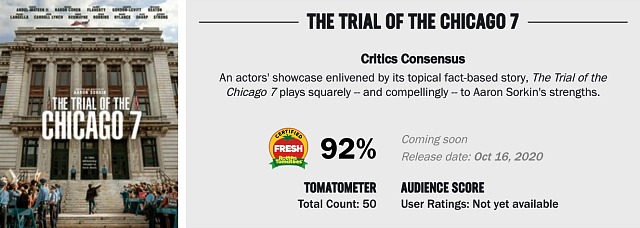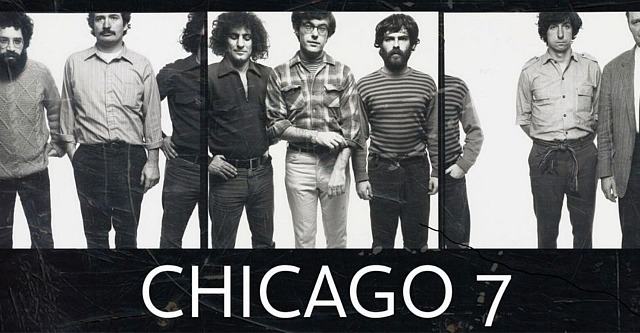In the matter of the 50th anniversary Broadway presentation of Mart Crowley‘s The Boys in the Band, which opened on 4.30.18, the response was “okay, cool, nicely done,” etc.
But the question was “why?” — why revive a play that the gay community began to turn its back on around the debut of William Friedkin‘s film version, which opened in March 1970. That was nine months after the June 1969 Stonewall rebellion, and the sea-change in gay consciousness and values that happened in its wake — pride, solidarity, political militancy — had no room for a rather acidic drama about a group of Manhattan gays gathered at a friend’s birthday party in the West Village, and with three or four consumed by loneliness, misery and self-loathing.
The answer was “uhm, well, it’s a very well written and highly engaging classic play, and where’s the harm in looking back a half-century? Plus we’ll probably do good business.”
In the matter of Joe Mantello’s Netflix feature version of same, costarring all the members of the 2018 revival, the response is “okay, cool…those of us who didn’t catch the 2018 play can sample the wares and once again sink into the whole magilla.”
But the question is “why?” — why make another film version that will naturally be compared to the excellent Freidkin adaptation? Why remake it if it’s not clearly better than the 50-year-old chestnut? Or if you don’t have something new to say in a textural or cultural sense?
I’m mentioning this because Mantello’s film (debuting on 9.30) is good enough or “fine” or whatever kind of “attaboy” you want to apply. I liked it as far as it went, but it’s not as good as the Freidkin version. I’m sorry but it’s not, although it isn’t half bad. The fact of the matter is that the Friedkin is funnier, smoother, more touching, better edited and definitely better performed in terms of the two strongest characters, Emory and Harold.
I’m not dismissing Robin de Jesús‘s Emory in the newbie — he especially catches fire during the telephone confession section — but Cliff Gorman‘s Emory is at least two of three times better. Nobody has ever said or ever will say “sort of makes you want to rush out and buy a slide rule” better than Gorman; ditto “hot cross buns!” and “who do ya have to fuck to get a drink around here?”
And despite the amusing, often riveting performance by Zachary Quinto as Harold, the bitter, acidic “32 year-old pockmarked Jew fairy”, he’s just not the giddy but wicked tongue-snapper that Leonard Frey was in the Friedkin film. Quinto is very good — Frey was great. I’m sorry but that’s how it seems.
Plus I found Frederick Combs‘ performance as the droll Donald somewhat more engaging than Matt Bomer‘s opaque version in the Mantello. And Robert La Tourneaux‘s “Cowboy Tex” definitely outpoints Charlie Carver‘s in the Netflix version. Ditto Peter White‘s closet case (i.e., “Alan McCarthy”) in the Friedkin, who’s a bit more compelling than Brian Hutchison in the newbie.
On the other hand I felt a bit more empathy for Jim Parsons‘ Michael than the overly acidic Kenneth Nelson in the ’70 version. Ditto Tuc Watkins‘ “Hank”, who sinks in a tiny bit deeper than Laurence Luckinbill‘s performance in the Freidkin — both are fine, no fault, no foul. Keith Prentice‘s “Larry” is just as good as Andrew Rannells in the Mantello. And I would rate the two “Bernard” performances — Michael Benjamin Washington in the oldie, Reuben Greene in the Mantello — as roughly the same.
The only added element in the Mantello are some memory vignettes from the telephone confession portion — fleeting images of men whom this and that partygoer has always loved and never forgotten.




